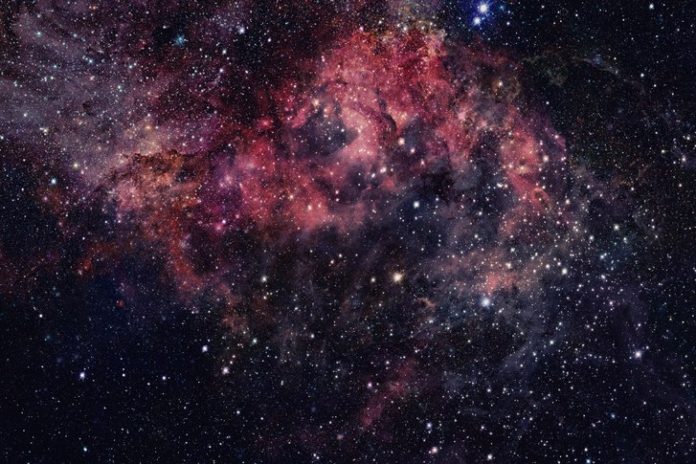Dark matter has always been a bit of a mystery. But, thanks to the generosity of the U.S. Department of Energy (DOE), the world’s most sensitive experiment for this mysterious phenomenon is about to begin. Experts say the sensitivity of this experiment will be at least 50 times that of its predecessor and will involve exploring weakly interacting massive particles (WIMPs) in a way that’s more in-depth than ever.
The experiment is named the SuperCDMS SNOLAB and its construction is being managed by the DOE’s SLAC National Accelerator Laboratory. “We’re excited to lead the project and work with our partners to build this next-generation dark matter experiment,” says JoAnne Hewett, head of SLACs Fundamental Physics Directorate and chief research officer. The whole collaboration consists of 111 individual members from 26 different institutions.
In the universe, it’s estimated that only 15 percent of all matter is visible. The remainder is what’s known as dark matter. Dark matter is thought to be the key driver of the evolution of the universe due to the gravitational pull it has on visible matter. The problem is that scientists are yet to unfold exactly what it’s made of.
One suggestion is that dark matter is made up of dark matter particles such as WIMPs. If that’s the case, researchers are hoping to capture the interactions these particles would have if they were to collide with an atom from our visible world. The way they will search for the interactions will be done using silicon and germanium crystals to measure the atomic jiggles.
But in order to do that, the crystals must first be cooled to under -459.6 degrees Fahrenheit. And it’s these ultracold conditions that gave rise to the name of the experiment: Cryogenic Dark Matter Search (CDMS). From the dark matter collision, additional atomic vibrations would amplify, giving a strong fingerprint for the experiment to measure using advanced superconducting electronics.
The Canadian laboratory SNOLAB is a large, underground facility that’s located inside a nickel mine near the city of Sudbury. It’s North America’s deepest underground lab and is where the experiment will be operated from. “SNOLAB is excited to welcome the SuperCDMS SNOLAB collaboration to the underground lab,” says Kerry Loken, SNOLAB’s project manager. “We look forward to a great partnership and to supporting this world-leading science.”
A detector prototype has been successfully tested at SLAC over the past few months, and together, alongside seven other collaborating institutions, SLAC will contribute to the experiment the centerpiece of four detector towers. The first of which could be sent to SNOLAB as early as the end of the year. “The detector towers are the most technologically challenging part of the experiment, pushing the frontiers of our understanding of low-temperature devices and superconducting readout,” states Bernard Sadoulet, a collaborator from the University of California, Berkeley.
Two other national labs are involved in the project alongside SLAC. They are the Fermi National Accelerator Laboratory (FNAL) and Pacific Northwest National Laboratory (PNNL). While FNAL works on the cryogenics involved in the experiment, PNNL is helping to understand background signals discovered during the experiment. Several U.S. and Canadian universities are also playing a part in the experiment, working on various tasks including data analysis and detector fabrication.
“We’re fortunate to have a close-knit network of strong collaboration partners, which is crucial for our success,” says KIPACs Blas Cabrera. “The same is true for the outstanding support we’re receiving from the funding agencies in the U.S. and Canada.”
More News to Read
- Researchers Gain Deeper Understanding into Quantum Technology Thanks to Superconducting Vortex
- MIT Researchers Create New Way of Enhancing Light and Matter Interactions
- New Fuel Reducing Ship Coating Could Save the U.S. Navy Millions of Dollars
- New NASA Mission to Focus on Interstellar Space Particles of the Outer Solar System
- AI is Now More Accurate at Diagnosing Skin Cancer than Dermatologists

